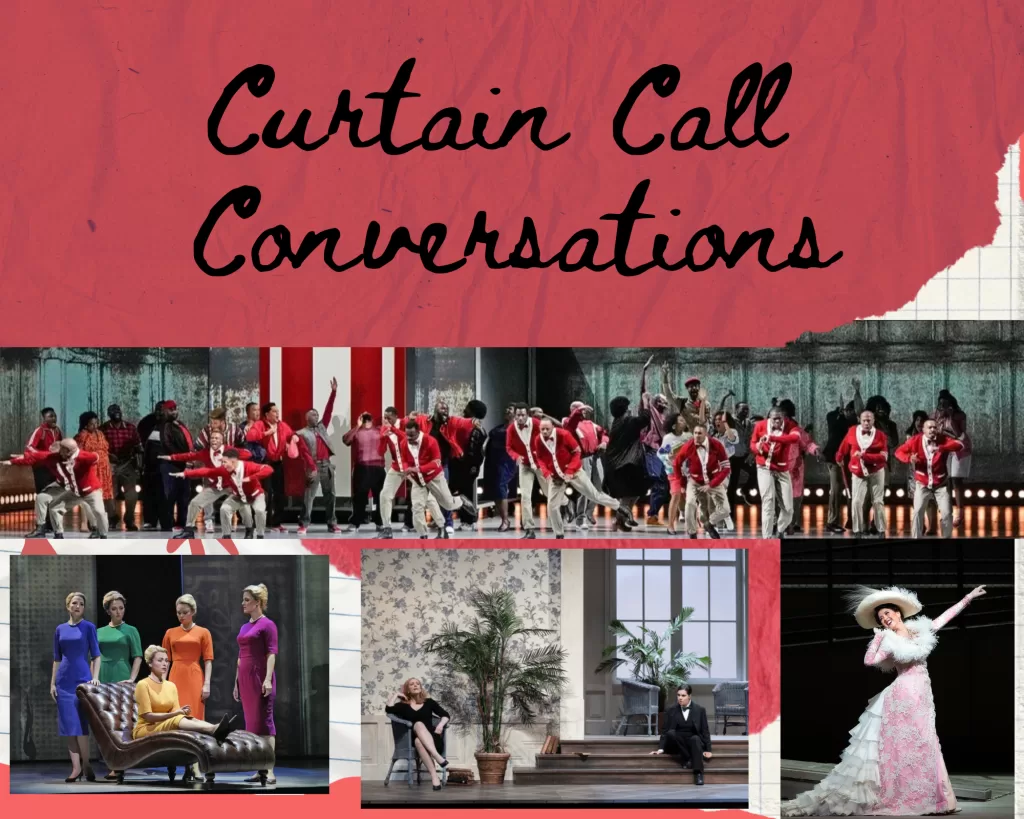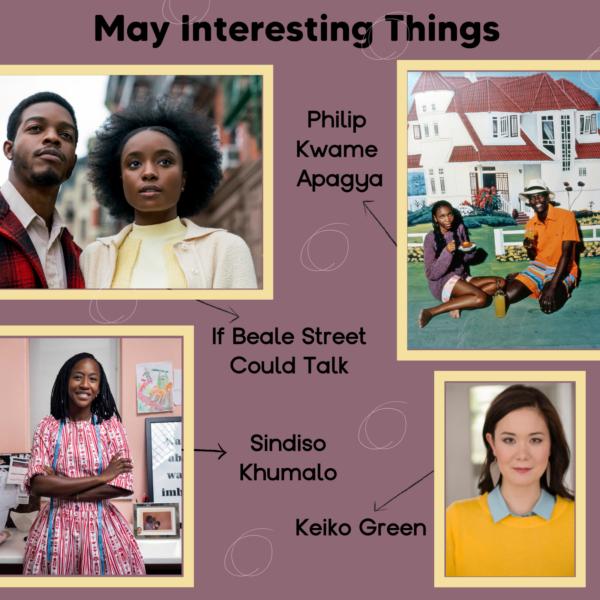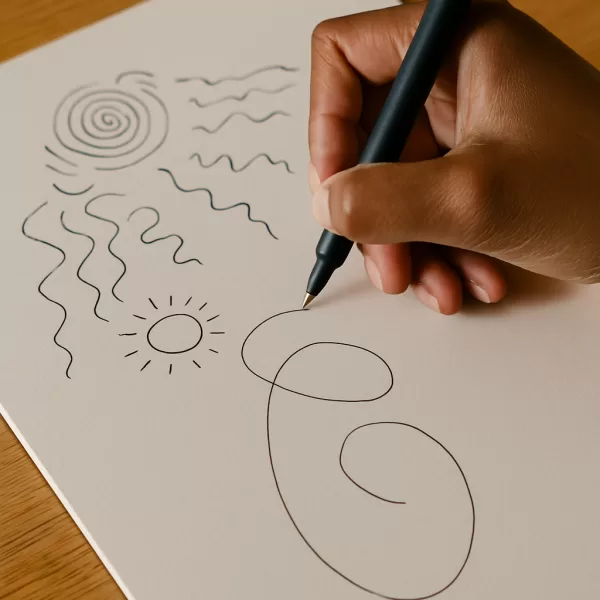
Opera is one of those art forms that people think is intimidating big voices, big emotions, and (let’s be honest) often big ticket prices. But here’s the secret: opera is about feeling, not “getting it right.”
So if you’ve ever been curious about opera but didn’t know where to start, this guide is for you because you don’t need to be an expert to enjoy it, and you definitely don’t need to know Italian (or German, or French).
✨ 1. Start with What You Already Love
If you love theater, musicals, dance, or dramatic stories, you’re halfway there.
Opera combines music, acting, staging, and often dance it’s basically a full sensory experience, and if you’re already into performance arts, you’ll find something familiar to hold onto.
Tip: Think of opera as a musical, but with richer layers of sound and drama.
🎶 2. Focus on Costumes, Set Design, and Staging First
Before you get caught up in language barriers or plot twists, focus on what you can connect with right away:
- Costumes– They often tell you exactly who a character is before they even open their mouth.
- Set design– Opera sets are often breathtaking, moody, and full of story.
- Lighting and atmosphere– Notice how the stage changes with the story.
If you’re a visual person (like so many arts lovers are), these elements can pull you into the world of opera right away.
🎭 3. Pick Operas with Stories You’ll Connect With
Some operas are easier entry points because the stories are compelling and emotional.
Here are a few that we recommend for beginners:
1. The Fire Shut Up in My Bones
- Why it’s amazing: Groundbreaking, emotional, and deeply rooted in culture.
- What makes it accessible: A modern American story, and the music will hit you.
Read our full post here.
2. Nico Muhly’s Marnie
- Why it’s mesmerizing: Modern design, incredible music, and a story with suspense.
Dive into Marnie here.
3. Francesca da Rimini
- For drama lovers: If you love passion and tragedy, this is a feast.
Full breakdown here.
Tip: Start with modern or dramatic operas the ones that feel alive and relevant.
🌿 4. Watch Opera Online First (Low Pressure, High Impact)
If heading straight to the opera house feels like too much, start at home:
- Met Opera on Demand– Offers a huge catalog of operas, often with subtitles.
- Medici.tv– Great for streaming both classic and modern productions.
- Company websites– Many opera companies share recorded performances online.
Bonus: You can pause, rewind, and watch in your coziest outfit no opera glasses required.
🛋️ 5. Create a Cozy Opera Night Atmosphere
Because yes, even opera deserves a cozy, intentional vibe:
- Outfit: Soft wrap tops, wide-leg pants, cozy socks (our go-tos).
- Food: Cheese board, wine, or tea something elegant but easy.
- Lighting: Low light, candles, and a sense of occasion.
Think: “I’m watching a grand story, and I deserve to feel a little grand, too.”
🎬 6. Give Yourself Permission to Not “Get It All”
Here’s your official permission slip:
- You don’t have to know the plot ahead of time.
- You don’t have to understand every word (that’s what subtitles are for!).
- You don’t have to love every opera you watch.
Opera is about moments that move you. If you connect with even one scene, that’s a win.
💫 7. Grow Your Appreciation Over Time It Doesn’t Have to Be Instant
Opera is a relationship, not a race. The more you watch, the more you’ll notice:
- How the music expresses emotion.
- How singers use their bodies to tell a story.
- The little moments of silence that say everything.
And if you ever feel lost? Just enjoy the beauty of what you’re seeing and hearing.
💭 Final Thought
Opera doesn’t have to be intimidating. It can be an invitation to step into a world of music, drama, beauty, and human emotion. Whether you start with something modern like The Fire Shut Up in My Bones or something rich and classic, you’re welcome in that world exactly as you are.
If you want more ways to explore opera (with outfit and night-in guides to match), check out our Curtain Call Conversations series. Because art, in all its forms, should always feel like home.
You don’t need a plan just curiosity. The Art of Wonder is a self-paced 4-week course to help you slow down, notice more, and reawaken your creative gaze. HERE!



[…] music pull you in.For more ideas on how to make arts nights part of everyday life, check out our Curtain Call Conversations and Musical Mondays […]